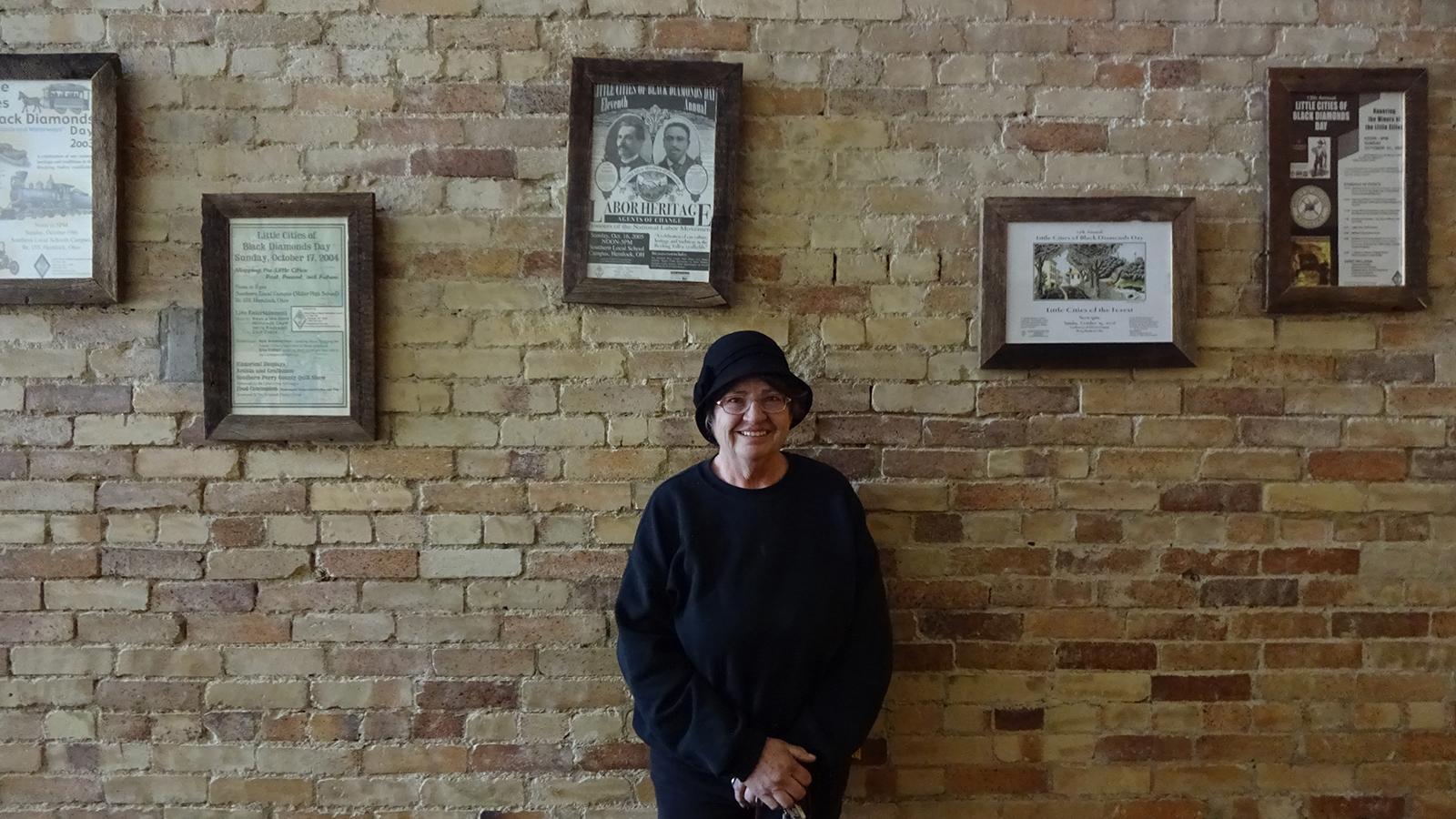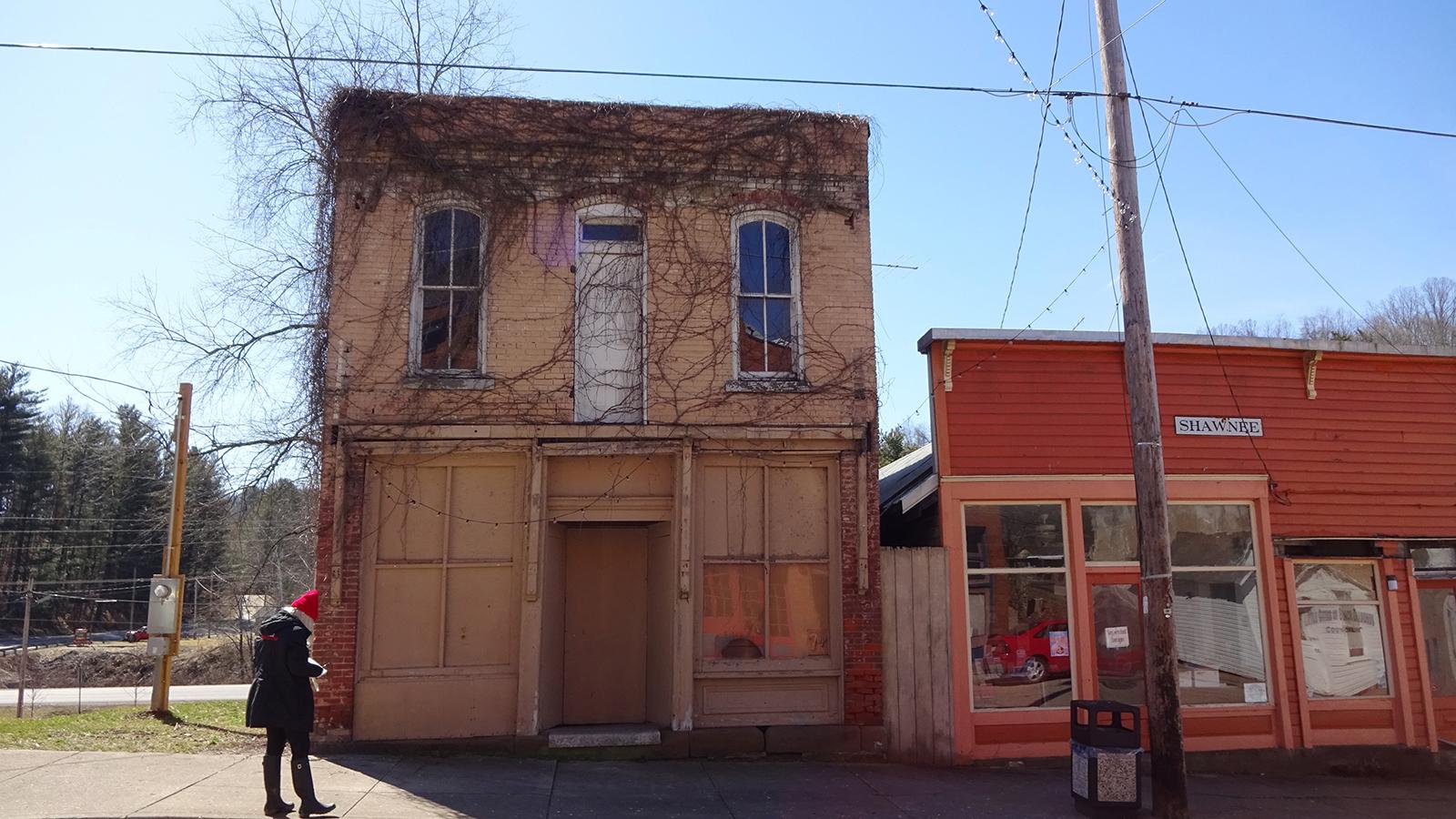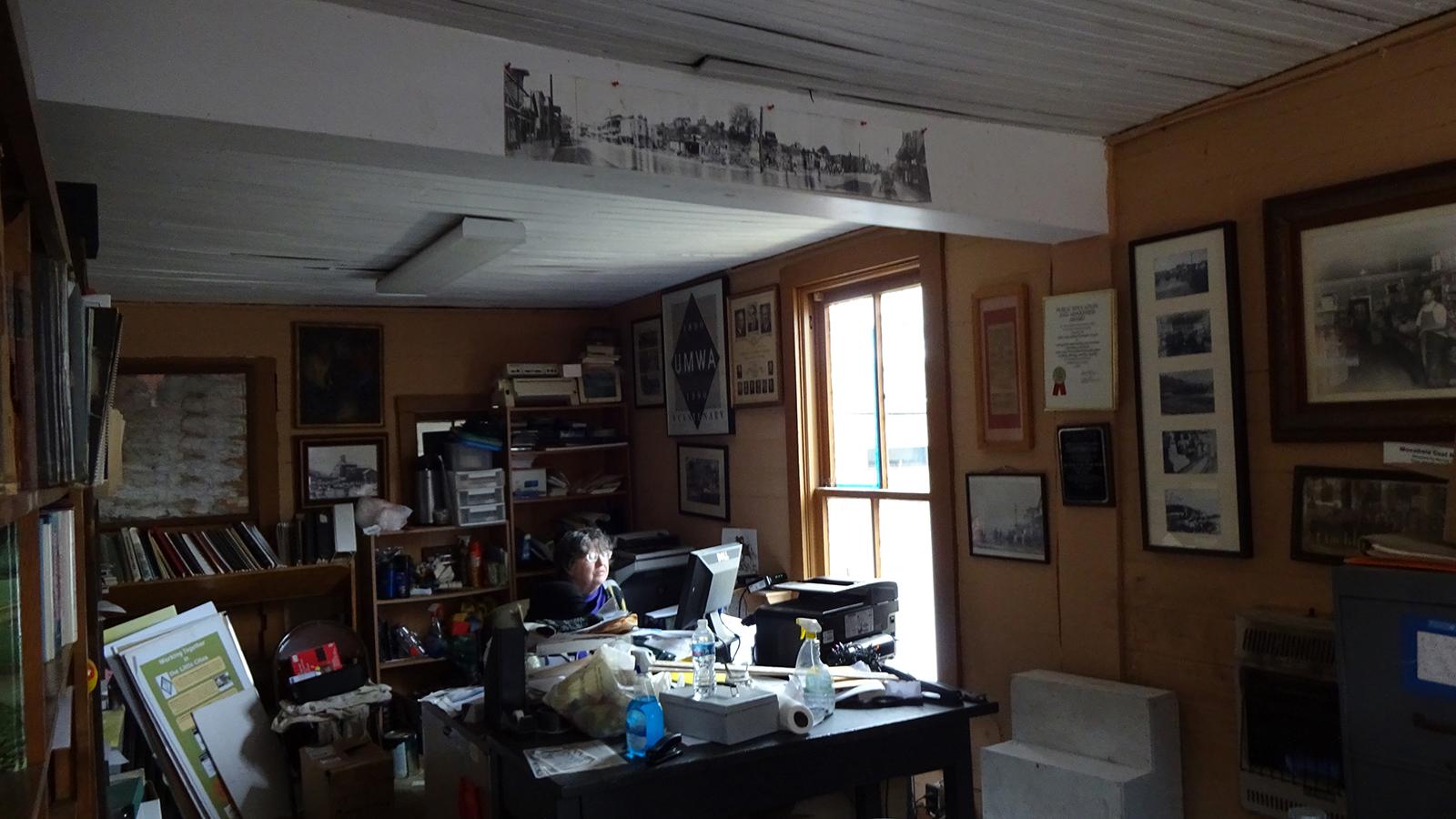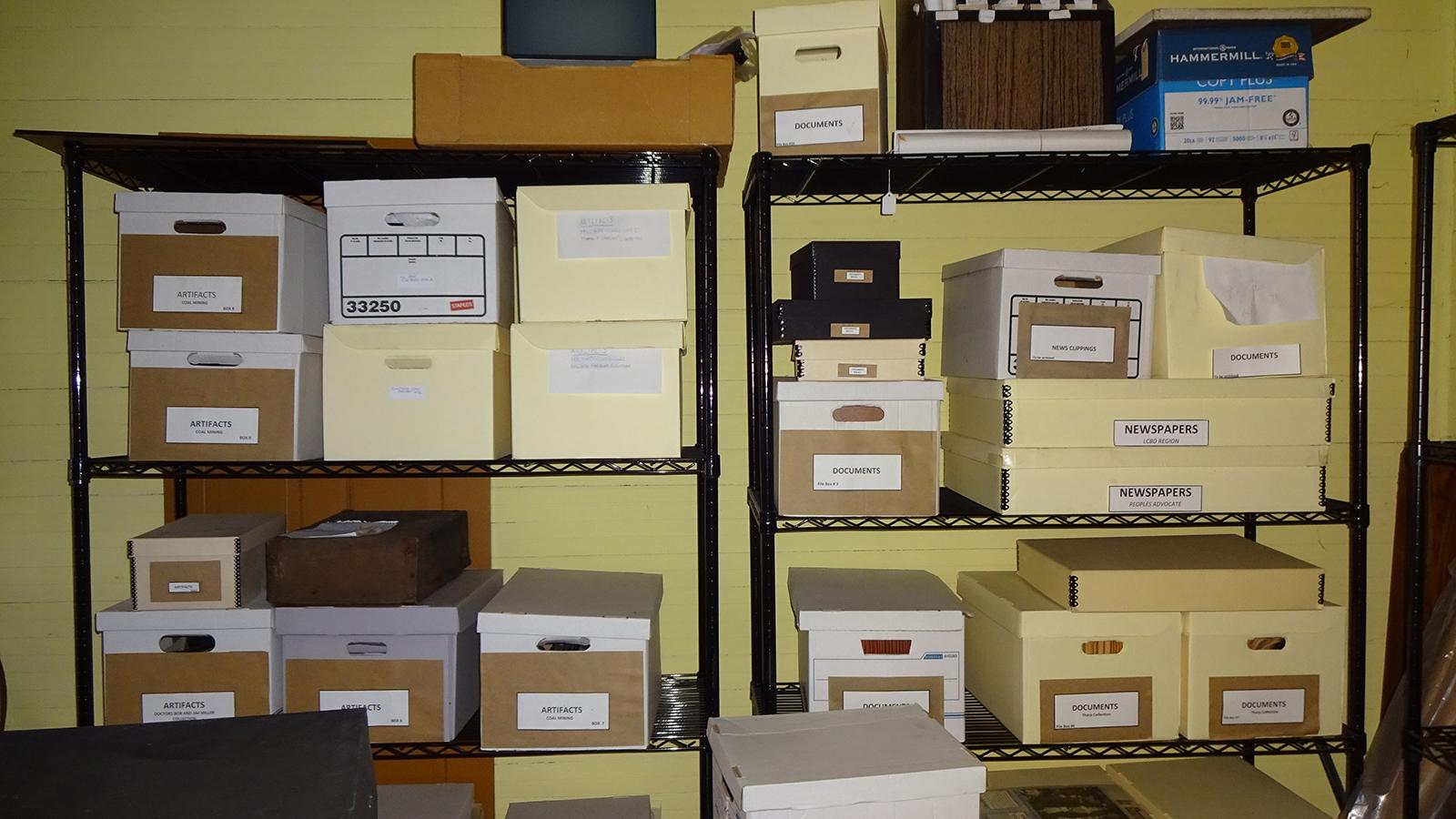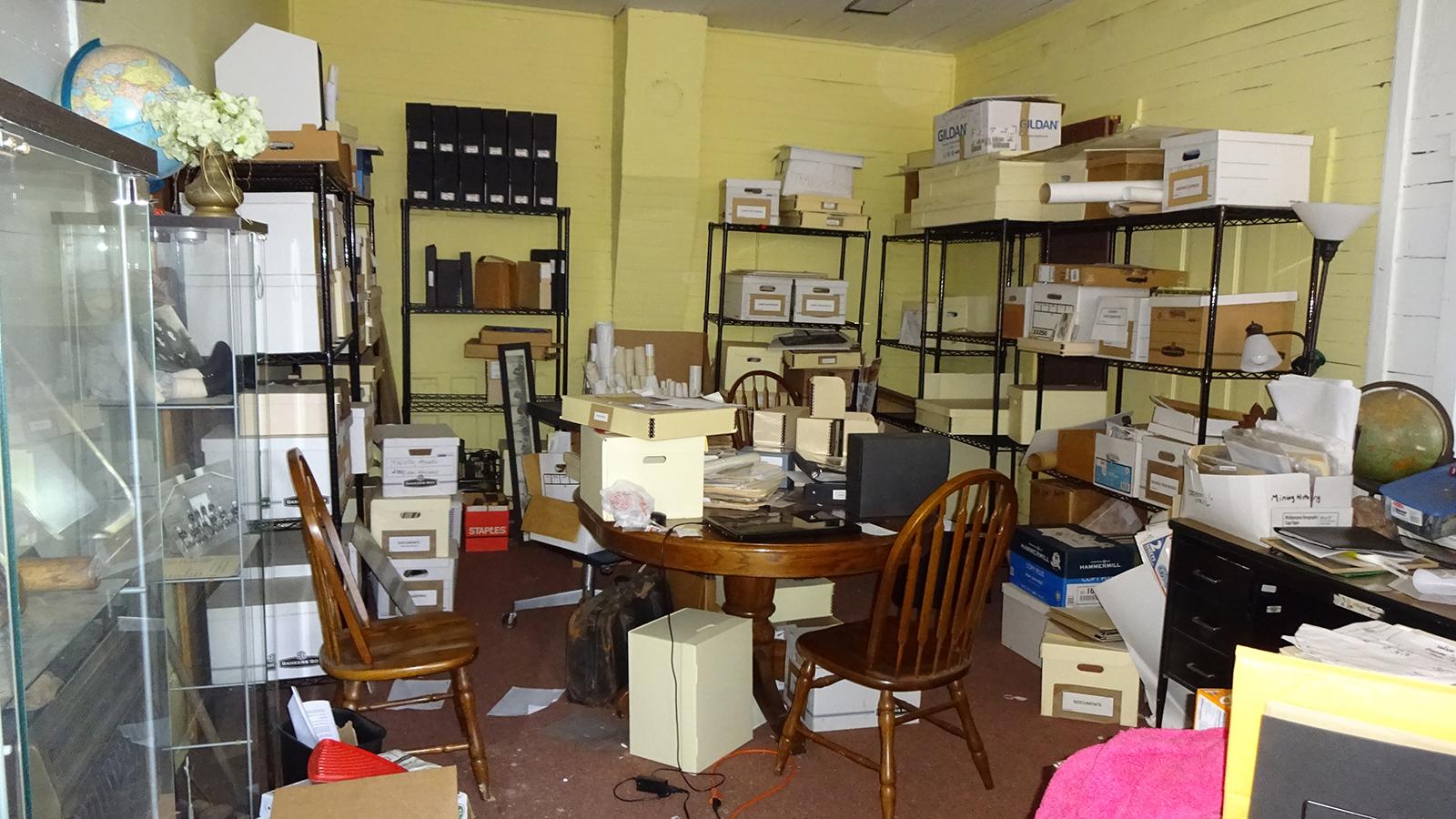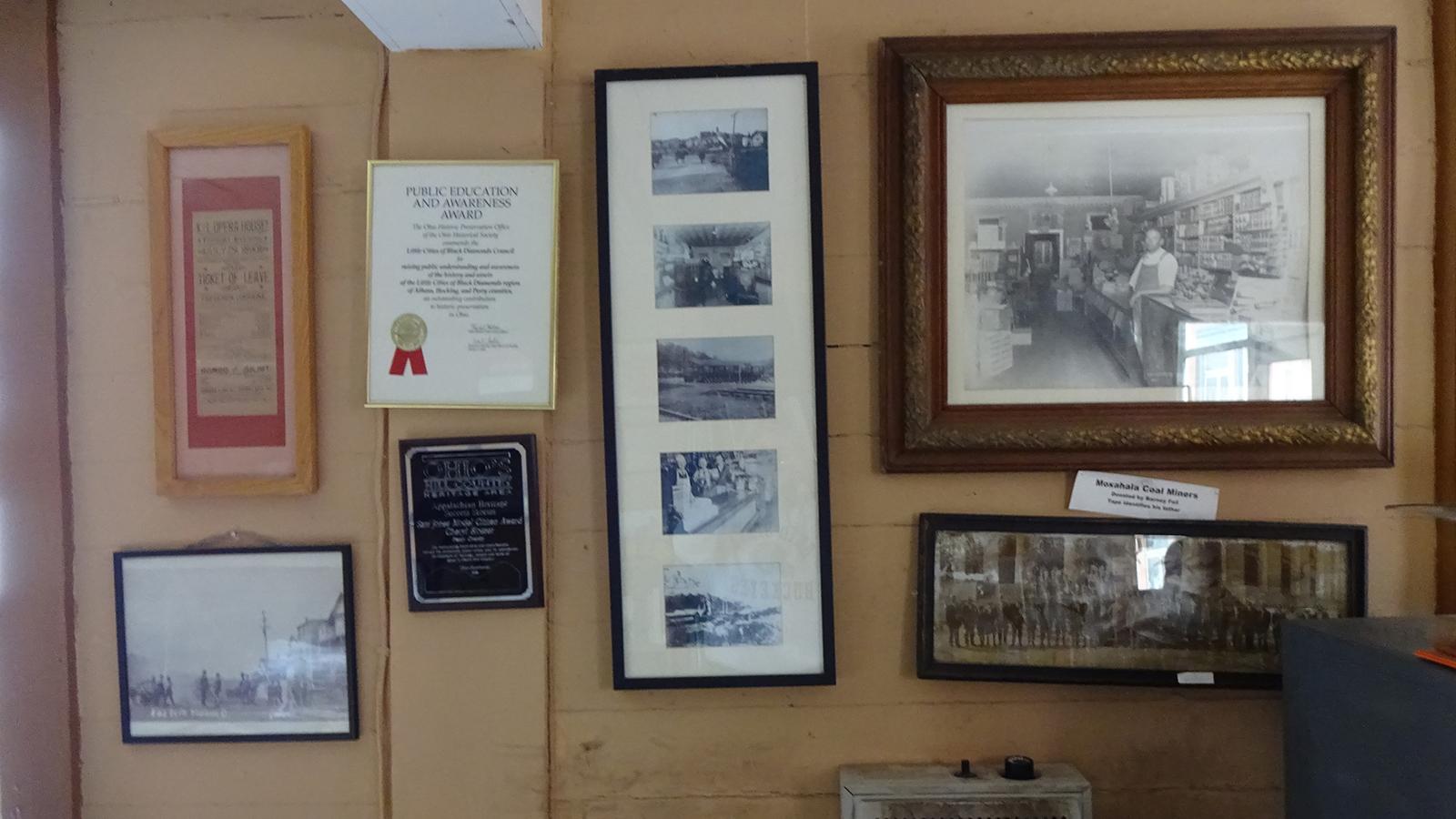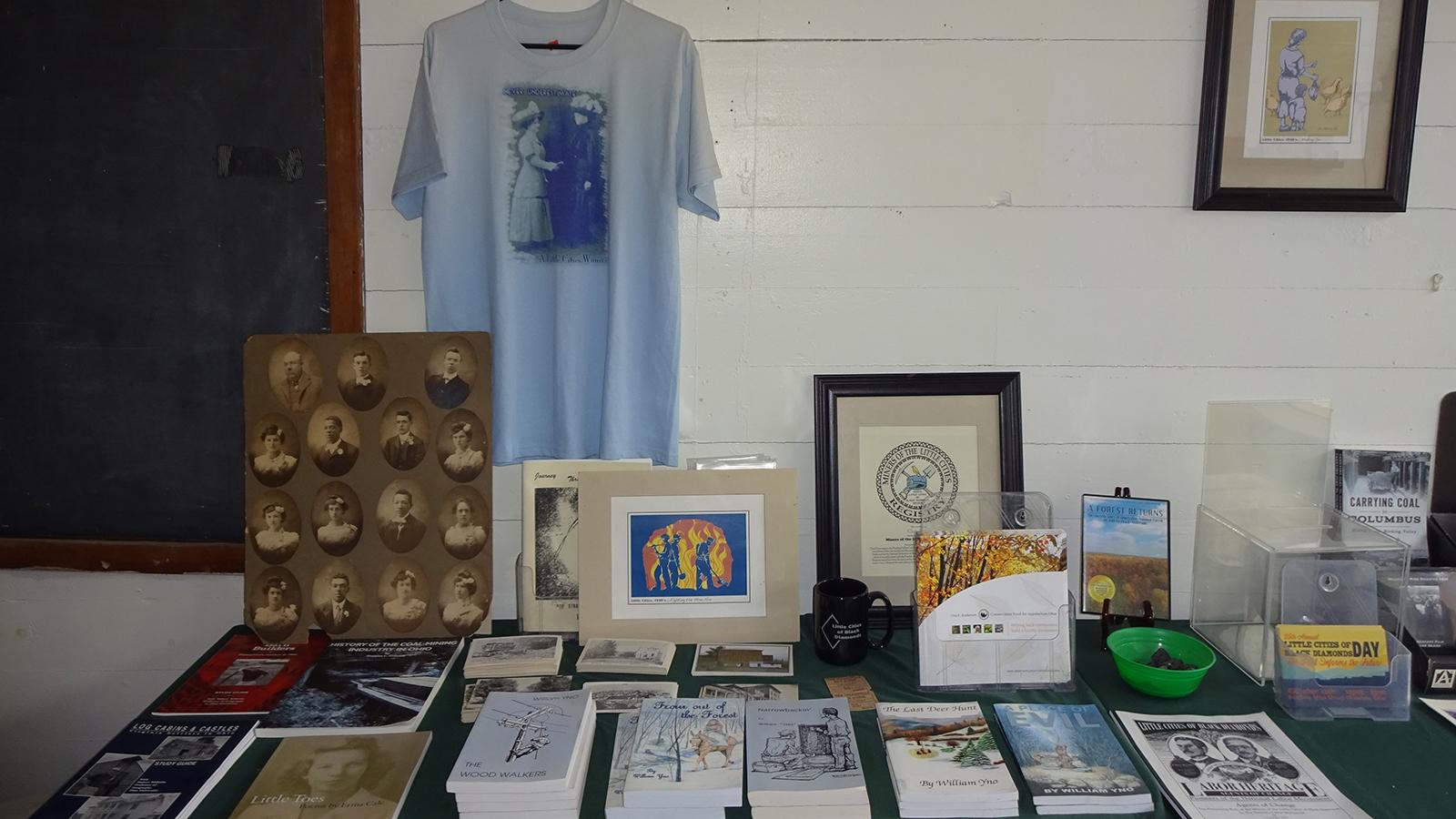"Age doesn’t really matter if you all love where you are and what you’re doing".
-Cheryl Blosser, Little Cities of Black Diamonds Council Member and Historian
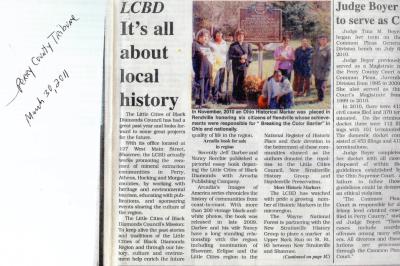
The Little Cities of Black Diamonds Council
The Little Cities of Black Diamonds Council is all about local history.
The grassroots mission of the Little Cities of Black Diamonds Council is entrenched in finding and preserving the history and stories of the Little Cities of Black Diamonds region. The work of the Little Cities of Black Diamonds Council is carried out in a manner aimed at positively impacting and educating local families and enriching the future quality of life in the community.
The Little Cities of Black Diamonds Council, like most grassroots organizations, has had its fair share of ups anddowns as a functioning group. Interest in the organization soared and the Little Cities of Black Diamonds Council sought further confirmation and recognition through obtaining a localized space to execute daily tasks and functions. A group of 10 people associated with the Little Cities of Black Diamonds Council unceasingly attended 6 all-day meetings in order to obtain a grant that allowed the council to secure an office.
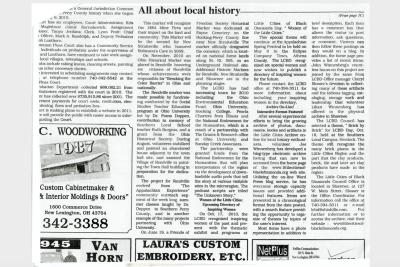
The Little Cities of Black Diamonds Council chose to plant roots in Main Street, Shawnee. Acquiring an address and a phone number in Shawnee, Ohio, the community the council primarily serves, meant more to the organization than merely materializing a physical space where individuals could reach and interact with the council. Obtaining a building on Main Street solidified the mission and relevance of the council and gave the council the opportunity to gain the respect and acknowledgement of the local community regarding their work.
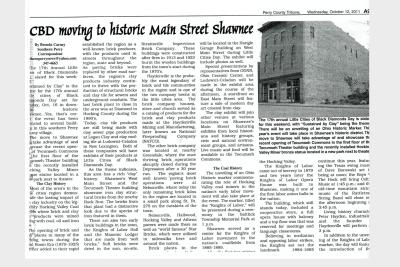
Cheryl Blosser and the Little Cities of Black Diamonds Archive
The Little Cities of Black Diamonds Council building is home to the Little Cities of Black Diamonds archive. The archive is the product of decades of exhaustive research regarding the history of the region conducted by various council members and volunteers. The Little Cities of Black Diamonds archive contains numerous documents, photos, artifacts, and stories. Little Cities of Black Diamonds Council Member and Historian, Mrs. Cheryl Blosser, fondly recalls listening to individuals share stories about relatives who are part of the history of the region and countless hours she spent in libraries looking for pieces of information regarding the history of the region. The Little Cities of Black Diamonds Council is actively working to digitize the archive however, numerous hours of further work and manpower is required to complete this goal. Mrs. Blosser emphasizes the importance of completing this work in an interview conducted as part of field work in Shawnee, Ohio.
[Interviewer] How do you see, for example, uh, the relevance of digitizing the archive?
[Cheryl Blosser] Oh, no! That is important. I have seen archive materials just in my short tenure here, uh, and the people who’ve had totally destroyed, fires mostly, but floods can do it. Uhm, you need, you need a way, I mean, we still need to keep books, we still need to keep paper copies, we need to protect the artifacts, but we also need to take pictures of these things so that they can be shared with more people, so in the case something does happen, okay, we may not have that tool anymore, or that picture anymore, physically, but the information is in that picture, the 10,000 words as they say it’s in every picture, but at least it’ll exist. Ok, yeah, the 1890 census was totally burned up in this country, if want to look where people were back then you almost can’t find it. Uh, and that was because all was stored in a building and it all was paper, was gone, you know, it was like these little cardboard punchings back then, I think, and it’s all gone. So, if we don’t do as many ways to protect the information as we can, not just digitizing, but we have to have a multi-faceted attack or defense, maybe that’s a better word, to protect these things. We have to protect the buildings, we have to protect the information from the people, we need to make sure that it’s available multiple places in multiple ways or the information will be lost. I mean, yeah, look at any story about anything from the past. Where is the library of Alexandria? (laughs) Anybody found it? I mean, there are pieces of that left but a lot of it is gone, you know, wars and damage, and weather, and just accidents of people.
(see OSU CFS Archive for full interview and transcription)
Mrs. Blosser points out that digitizing the archive will not only preserve the collected information and artifacts in a safer way, which is undoubtedly necessary, but will also facilitate widespread access to the archive. The Little Cities of Black Diamonds Council has completed a majority of the laborious work required to create a foundation for their organization: they have done the research, they have collected various stories, they have put the pieces together, and they know the history of the region like the palm of their hands.
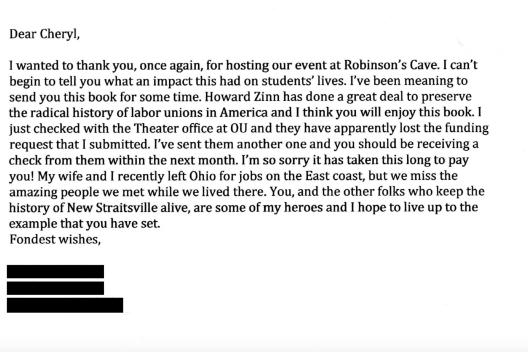
The Little Cities of Black Diamonds Council is now seeing the fruits of their labor in various forms. The ‘Thank You’ letters the Little Cities of Black Diamonds Council have received are anything but rare and shortcoming. In fact, there are several files labeled “Thank You Letters” with the corresponding year located in the Little Cities of Black Diamonds Council Building.
The Little Cities of Black Diamonds Council has now shifted their sights toward educating those they encounter on what they have learned as they look to actively create their own history and relevance as an Appalachian grassroots organization.
"...I still think our goal is, is education, but we’re starting to see that, some of that is working, that we’re developing tourism, that the education part and the history part, we have to share that, and in order to share that we need to find other people who can help us, which means developing tour guides, teaching people how to do what we’ve been doing..."
-Cheryl Blosser, Little Cities of Black Diamonds Council Member and Historian
Nikki Mazzocca and the Future of the Little Cities of Black Diamonds
“...when people find out about the stories that center from the places here they just... light up… you know they get very excited they get very interested they want to know more and they want to know how to help preserve it and be part of it and I think that there's this mistaken impression that young people aren't interested in doing that.”
-Nikki Mazzocca, Little Cities of Black Diamonds Council and Marketing Team Member
Nikki Mazzocca is a local resident of Athens, Ohio, and is a graduate student and teaching assistant at Ohio University. Nikki’s passion for the history and culture of the Little Cities of Black Diamonds region compelled her to serve as a member of both the Little Cities of Black Diamonds Council and Marketing Team. Nikki identifies as a member of a young cohort within the Little Cities of Black Diamonds Council. Nikki has tasked herself with investigating various methods of recruitment for the Little Cities of Black Diamonds Council. Nikki, with the help of the young cohort within the council and the support of the older cohort within the council, took a risk in recruitment that saved the council from near extinction.
[Nikki Mazzocca] We recently did a membership drive we went from having two members to fifteen and almost every single one of them was a younger person.
[Interviewer] So can you like talk a little bit about the membership drive?
[Nikki] Sure it was sort of a Hail Mary (laughs) they were talking about shutting down Little Cities of Black Diamonds letting one of the other umbrella groups pick it up but the other umbrella groups aren't as focused on retrieving and archiving history so we wanted to keep it going so we were like let's do something we're really not giving any-anyone reason to want to be a member right now so we did this membership drive me and Emma and Tyler and Kelly and we went to- we essentially just organized a party we got a very good music act to come and play we- everybody on the council brought something to eat we had you know the wine for everybody there we thought we were going to have maybe ten people in fifty-five people showed up and we made- I believe around $3500 which for a Little Cities event is impressive so what it shows- what it showed us by the demographic that showed up and the demographic that you know fifteen out of the fifty-five people that actually got a membership the younger people were the ones that got the memberships that wanted to know so I thi- that tells me something that tells me that we need to be rethinking how we reach people and be more welcoming and-of new people into Little Cities of Black Diamonds.
(see OSU CFS Archive for full interview and transcription)
The Little Cities of Black Diamonds Council can be used to model the resilience and perseverance of Appalachian grassroots organizations. The formation, struggles, work, and success of the Little Cities of Black Diamonds Council are representative of the formation, struggles, work, and success of numerous Appalachian grassroots organizations. The Little Cities of Black Diamonds Council is evolving and fronteiring succession in Appalachian grassroots organizations in a manner that can be replicated by numerous Appalachian grassroots organizations. The council is taking steps to digitize relevant materials and maintain a social media presence in order to sustain relevance and recognition as a respected organization. The council is taking risks and actively evolving in their recruitment of young people in order to maintain a welcoming presence and the existence of their organization. Intergenerational passion and collaboration will serve as the driving force of the success of the Little Cities of Black Diamonds Council and various other Appalachian grassroots organizations well into the future.

